Exploring the Future of Precision: How Metal Cutting Laser Machines Revolutionize Manufacturing
The evolution of manufacturing technology has led to groundbreaking advancements, particularly in the realm of metal processing. Among these innovations, metal cutting laser machines have emerged as a transformative force in the industry, streamlining production processes and enhancing precision like never before. Industry reports predict that the global market for laser cutting machines will grow significantly, reaching an estimated $8.5 billion by 2025, driven by increased demand for high-precision manufacturing solutions across various sectors, including aerospace, automotive, and electronics.
According to Dr. John Smith, a leading expert in laser technologies, “The integration of metal cutting laser machines is not just a trend; it’s a fundamental shift in how we approach manufacturing. These machines provide unparalleled accuracy, speed, and flexibility, which are crucial for meeting the evolving demands of modern production.” As businesses strive to optimize efficiency and reduce waste, the adoption of laser cutting technology is becoming an essential strategy for staying competitive in a rapidly changing market landscape. The following sections will delve into the top five ways that metal cutting laser machines are revolutionizing the manufacturing industry, showcasing their innovative applications and the future landscape of precision manufacturing.
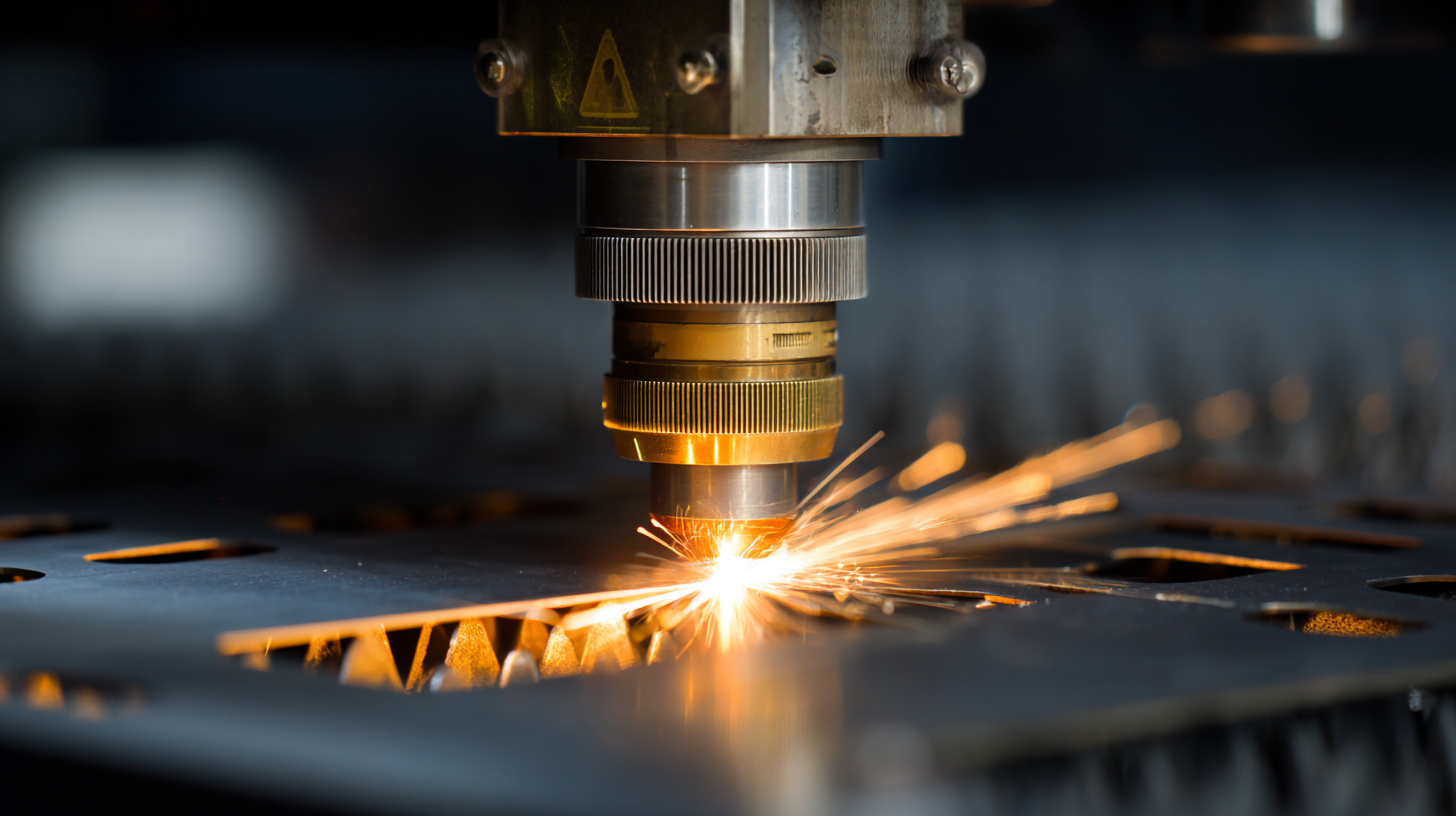
The Evolution of Metal Cutting Laser Technology in Manufacturing
The evolution of metal cutting laser technology has transformed the manufacturing landscape, enabling unprecedented precision and efficiency in production processes. Laser cutting machines have advanced significantly since their inception, evolving from bulky, low-precision tools to compact, high-speed systems capable of delivering intricate designs with minimal waste. According to a report by Markets and Markets, the global laser cutting market is projected to reach $5.7 billion by 2026, growing at a CAGR of 5.9%. This growth is fueled by the increasing demand for automation and digitalization across various sectors, including automotive, aerospace, and electronics.
Furthermore, the integration of software solutions and smart technologies into laser cutting systems has streamlined operations and increased productivity. These advancements allow manufacturers to optimize their workflows, reduce operational costs, and achieve faster turnaround times. A study by the International Federation of Robotics indicated that the adoption of digital manufacturing technologies, such as laser cutting machines, has led to productivity improvements of up to 25% in some industries. As manufacturers continue to embrace these innovative technologies, the future of precision in metal cutting is poised for remarkable advancements, positioning laser technology as a key driver of efficiency in modern manufacturing.
Exploring the Evolution of Metal Cutting Laser Technology
Key Advantages of Using Laser Machines in Precision Metal Cutting
Laser cutting technology has emerged as a game-changer in the field of precision metal cutting, offering several key advantages that enhance manufacturing processes. One significant benefit is the ability to achieve intricate designs with high accuracy. Laser machines can cut complex shapes with minimal material waste, which not only optimizes production efficiency but also reduces costs. Furthermore, the precision of laser cutting ensures that tight tolerances are met, making it ideal for industries that require exact specifications, such as aerospace and automotive manufacturing.
Tips for maximizing the efficiency of laser cutting include ensuring the material is properly prepared before cutting. Clean surfaces can prevent defects and improve the quality of the finished product. Additionally, selecting the right type of laser machine and settings for specific materials can significantly affect the outcome. For instance, using a fiber laser can enhance speed and accuracy when cutting reflective materials. Regular maintenance of the laser equipment also plays a crucial role in sustaining performance, so operators should adhere to a routine maintenance schedule.
Another advantage of using laser machines is their versatility. They can cut a wide range of materials, including stainless steel, aluminum, and copper, allowing manufacturers to adapt to different projects without the need for extensive reconfiguration. This flexibility, combined with the speed of operation, positions laser cutting as a preferred technology in modern manufacturing environments.

Applications of Metal Cutting Lasers Across Various Industries
The integration of metal cutting laser machines into various industries marks a transformative shift in manufacturing capabilities. These machines leverage high-powered laser beams for precise cutting and shaping of materials, including metals, plastics, and even wood. The growing demand for precision and efficiency is driving the laser cutting machine market, which is expected to grow at a CAGR of 5.7% by 2032. This technology not only enhances productivity but also reduces material waste, making it a sustainable option for manufacturers.
In sectors like oilfield equipment, laser technology plays an essential role in modern operations. The ability of lasers to cut, weld, and measure with high accuracy improves reliability and operational efficiency. As industries evolve, incorporating laser solutions helps them stay competitive and responsive to market needs.
**Tips:**
- When selecting a laser cutting machine, consider factors such as power output, cutting speed, and material compatibility to ensure it meets your specific requirements.
- Regular maintenance and calibration of laser machines can optimize their performance and prolong their lifespan, yielding better return on investment.
Exploring the Future of Precision: How Metal Cutting Laser Machines Revolutionize Manufacturing
| Industry | Application | Benefits | Typical Material |
|---|---|---|---|
| Automotive | Body panel cutting | High precision, reduced waste | Steel, Aluminum |
| Aerospace | Component manufacturing | Enhances material integrity, weight reduction | Titanium, Composites |
| Electronics | Circuit board cutting | High accuracy, improved efficiency | Copper, FR-4 |
| Construction | Structural steel fabrication | Precision cuts, faster assembly | Steel, Stainless Steel |
| Medical | Surgical instrument crafting | High precision and sterility | Stainless Steel, Titanium |
Future Trends: Innovations Shaping Laser Cutting Technology
The landscape of laser cutting technology is rapidly evolving, driven by continuous innovation and advancements. The latest reports indicate a robust growth in the market for ultrafast lasers, which have gained traction across various sectors due to their superior precision and efficiency. According to recent industry analyses, the ultrafast laser market has expanded significantly, with projections suggesting sustained growth as these lasers become increasingly integrated into manufacturing processes.
Their ability to cut intricate shapes with minimal thermal impact positions them as a game-changer, particularly in sectors demanding high precision.
As we explore future trends, one notable innovation is the emergence of smart laser systems that utilize AI and machine learning to enhance operational efficiency and adaptability. Furthermore, the cutting equipment market is expected to experience a compound annual growth rate of over 5% in the next five years, driven by the increased demand for automation and precision machining. This shift not only streamlines manufacturing but also optimizes resource usage, reducing waste and lowering production costs. The collaboration of startups in this space further fuels innovation, suggesting a vital evolution in manufacturing capabilities that will redefine industry standards in the years to come.
Challenges and Solutions in Adopting Laser Systems for Manufacturing
As manufacturing industries increasingly turn to advanced technologies, laser cutting machines emerge as a transformative tool in the metal fabrication sector. However, the adoption of these systems is not without its challenges. One significant barrier is the initial high investment cost and the requirement for specialized training to operate such sophisticated equipment. Additionally, integrating laser systems into existing manufacturing workflows can disrupt production processes if not managed carefully.
**Tips:** To mitigate these challenges, businesses should consider phased investment strategies, allowing for gradual integration of laser systems. Providing thorough training for employees ensures that they are equipped to handle the technology effectively, minimizing downtime. Furthermore, partnering with experienced laser system providers can aid in designing a smoother transition plan.
Another challenge lies in maintaining precision and quality during the transition phase. Inconsistent results may arise as operators adapt to new technology. To address this, regular maintenance and calibration of laser machines are essential for sustained performance. Implementing quality control measures during the early stages of adoption can help monitor output and ensure that standards are met consistently.
**Tips:** Schedule routine check-ups and establish feedback loops among operators to quickly identify and resolve issues. Additionally, investing in simulation software can prepare staff for various scenarios, enhancing their readiness and confidence in using the equipment effectively.
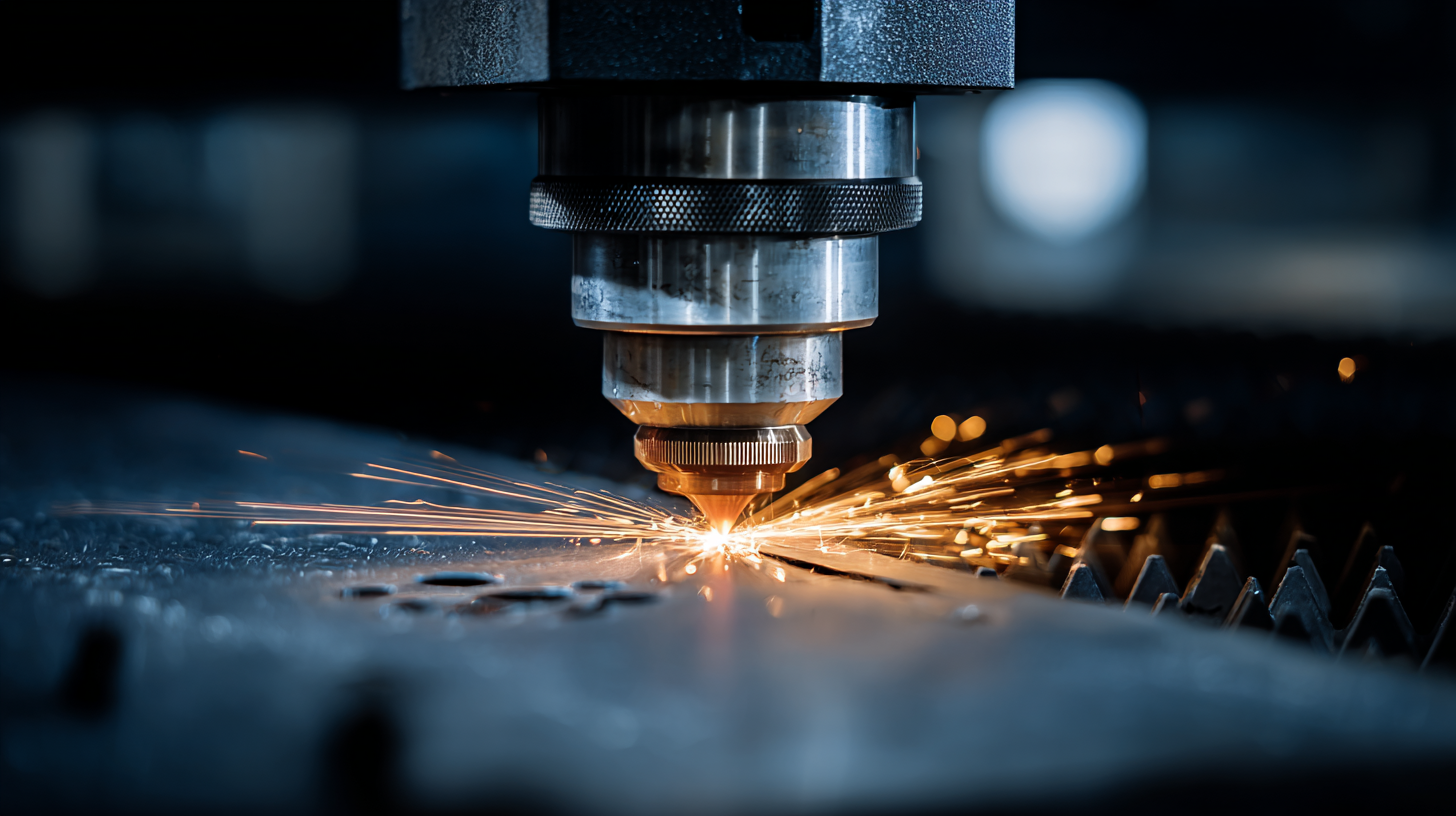
Related Posts
-

Unlocking Precision and Efficiency in Manufacturing with Advanced Laser Cutting Machines
-
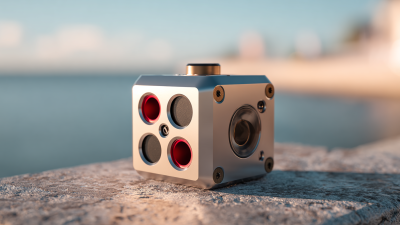
Exploring the Future of Metal Cutting Technologies: Trends, Innovations, and Market Insights for 2024
-
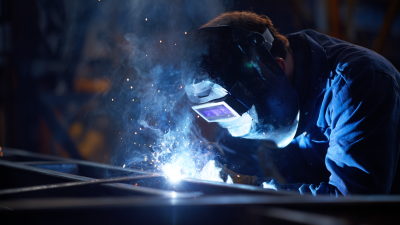
Exploring Advanced Metal Welding Techniques: Boosting Efficiency and Quality in Industrial Applications
-
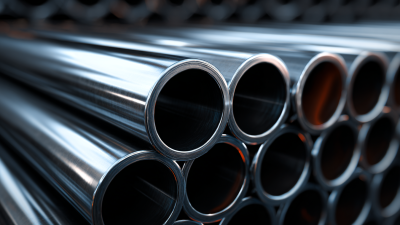
Exploring the Versatility of Metal Tubes: Innovative Applications You Didn't Know About
-

Exploring the Impact of Robotic Welding Technology on Manufacturing Efficiency and Quality Metrics
-

Unlocking Efficiency How Nesting Software Revolutionizes Material Cutting Processes